The Wanderbücher of two German tradesmen
Daniel Heinrich Christian Busch (1818-1900) and Friedrich Johann Christian Juers (1820-1889)
1841-1849 | 1842-1847
These Wanderbücher belonged to two German tradesmen who migrated from the northern provinces of Germany to Australia in the nineteenth century: a stone mason called Daniel Heinrich Christian Busch, and a carpenter called Friedrich Johann Christian Juers.
The final stage of a German tradesman’s training was a period of travelling work experience known as the Wanderschaft, or the ‘journeyman years’. Having completed initial training as a Lehrling (apprentice), a journeyman was required to travel from town to town, working under local masters and gathering testimonies of his skill and character. The Wanderschaft’s duration varied according to period, place, and profession. The standard was three years and one day, though it could last as long as five or even seven years.
The travels of Busch and Juers, like those of all journeymen, were meticulously recorded in their Wanderbücher. A Wanderbuch was an official document printed by the local government, and functioned as both a logbook and – quite literally – a passport. In the nineteenth century, German towns were walled and regulated communities. When a journeyman reached a new town, he was required to present himself to the local authorities and explain his intentions. The authorities could verify his identity by ensuring that his appearance matched the extraordinarily detailed physical description in the opening pages of his Wanderbuch. For example, we know from Daniel Busch’s Wanderbuch that he was a man of middling size with an oval face, a healthy complexion, dark blonde hair, dark blonde eyebrows, brown eyes, a regular mouth and nose, no beard, and a round chin.
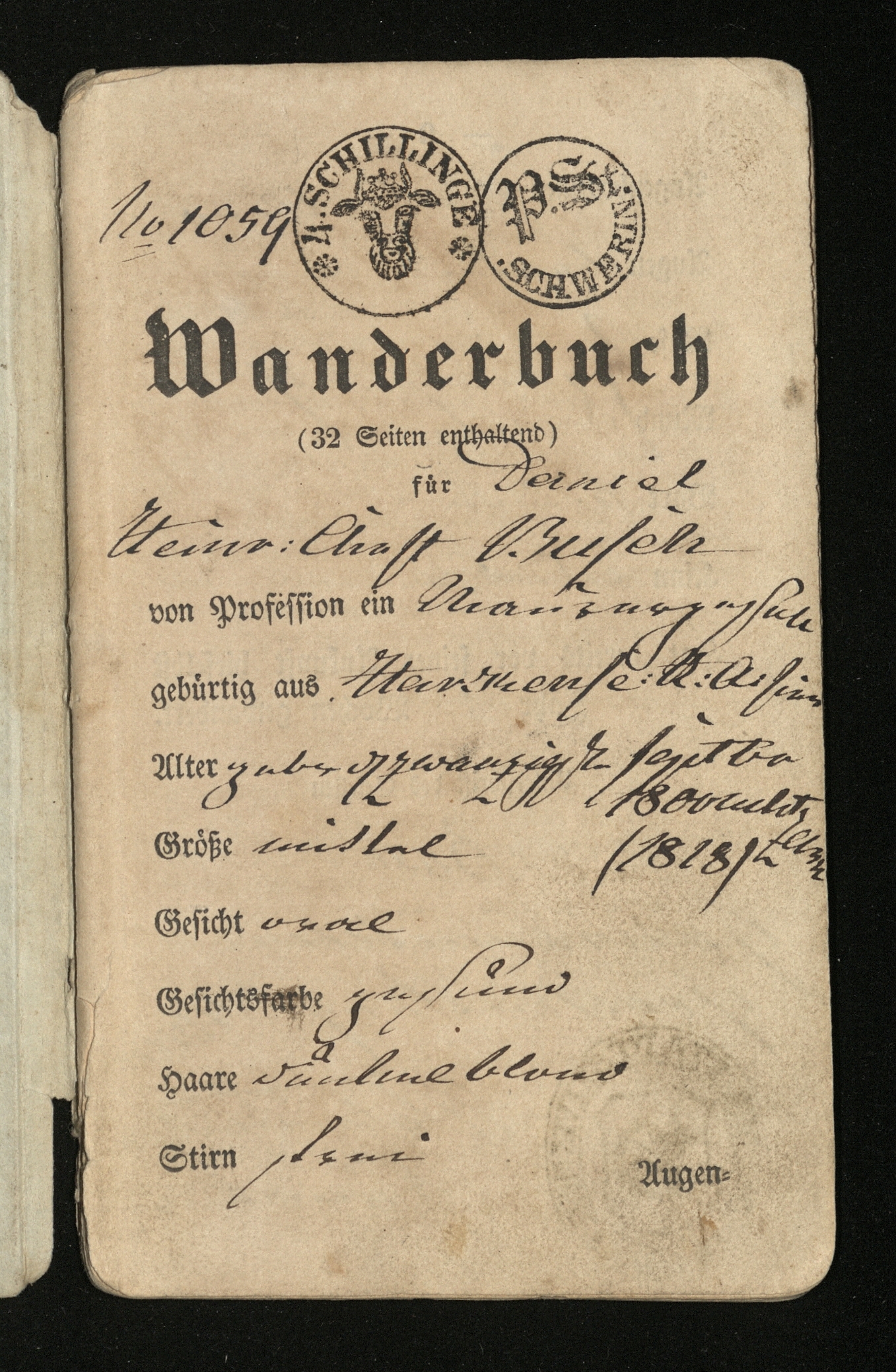
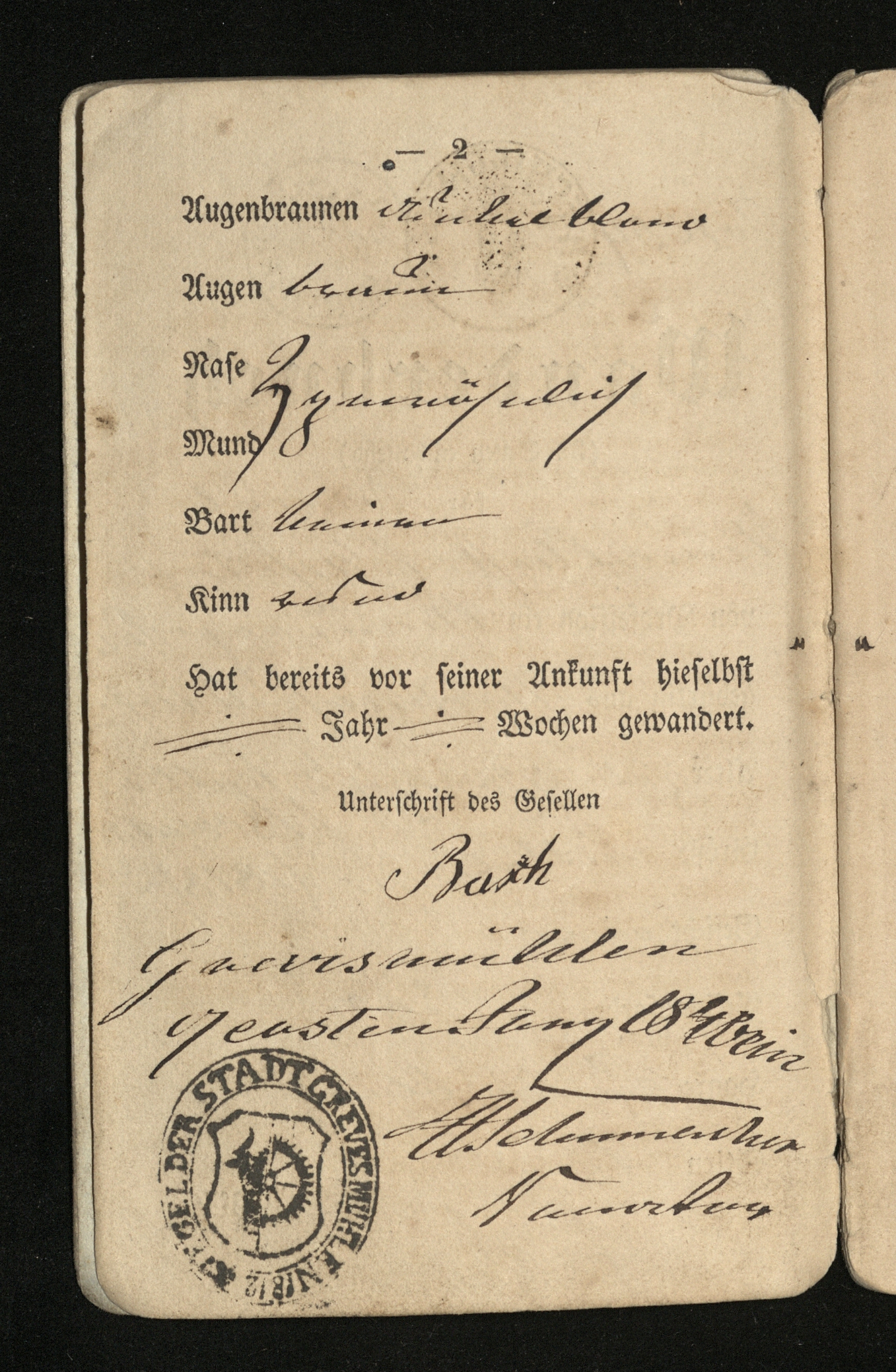
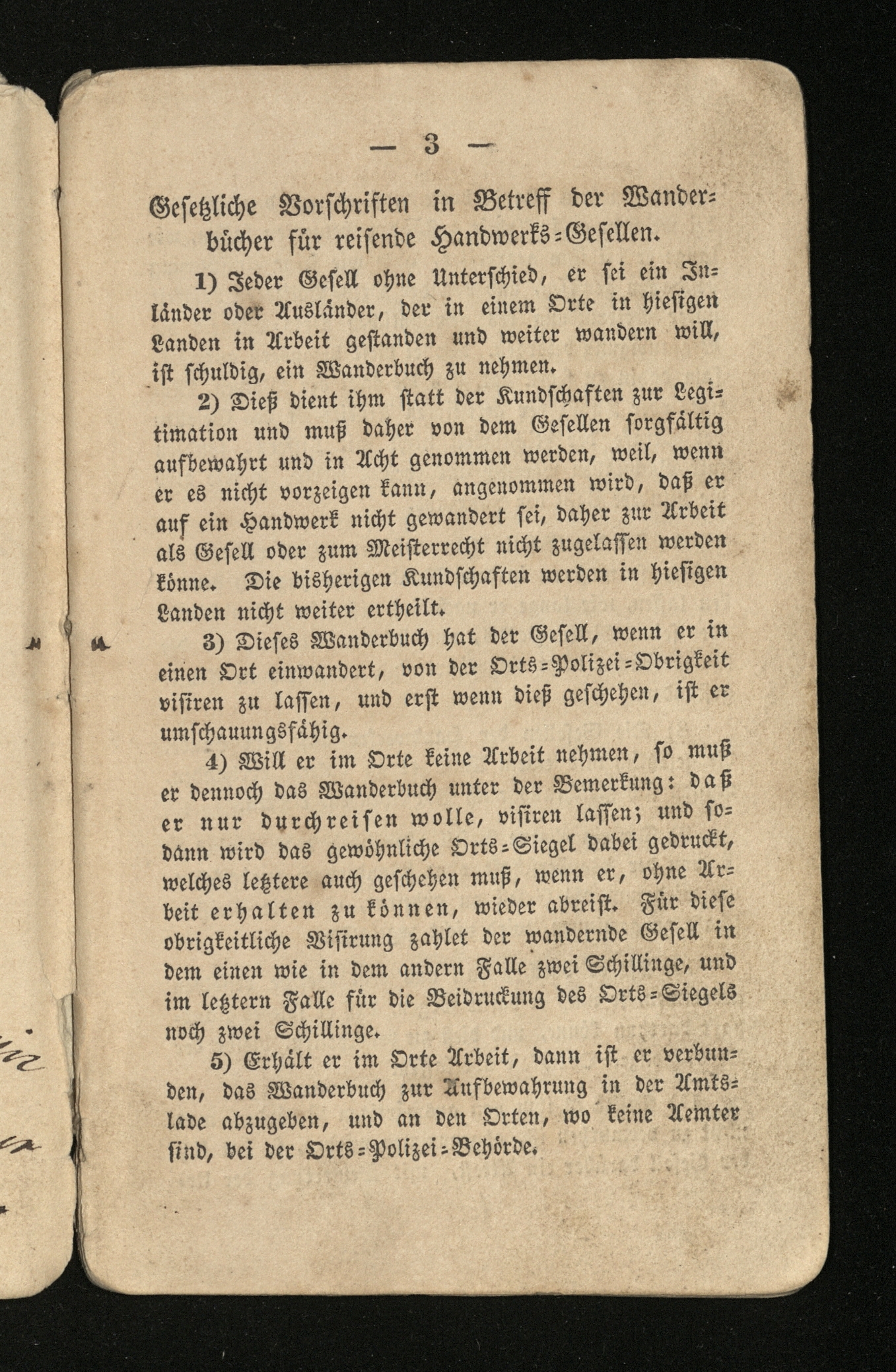
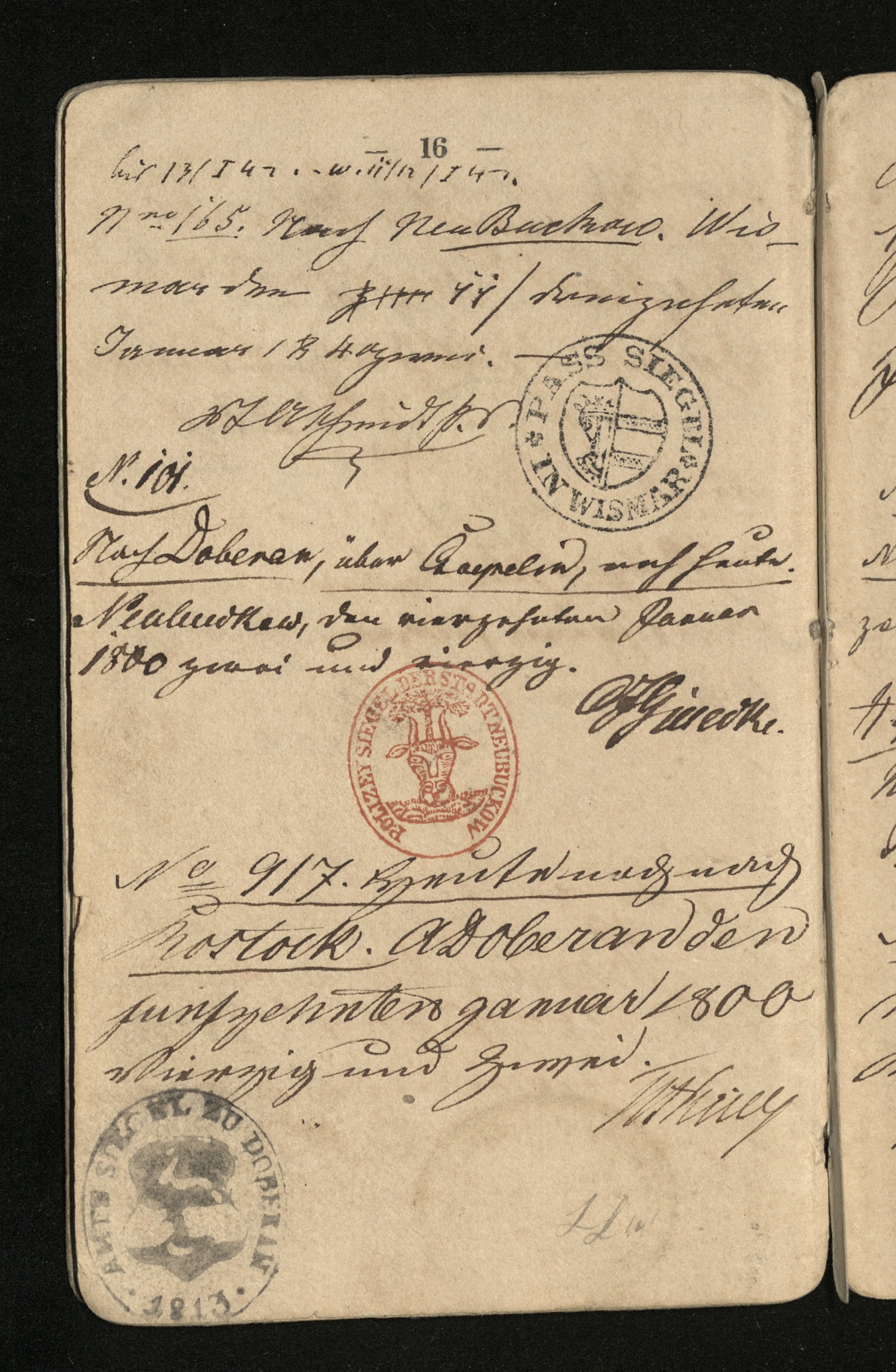
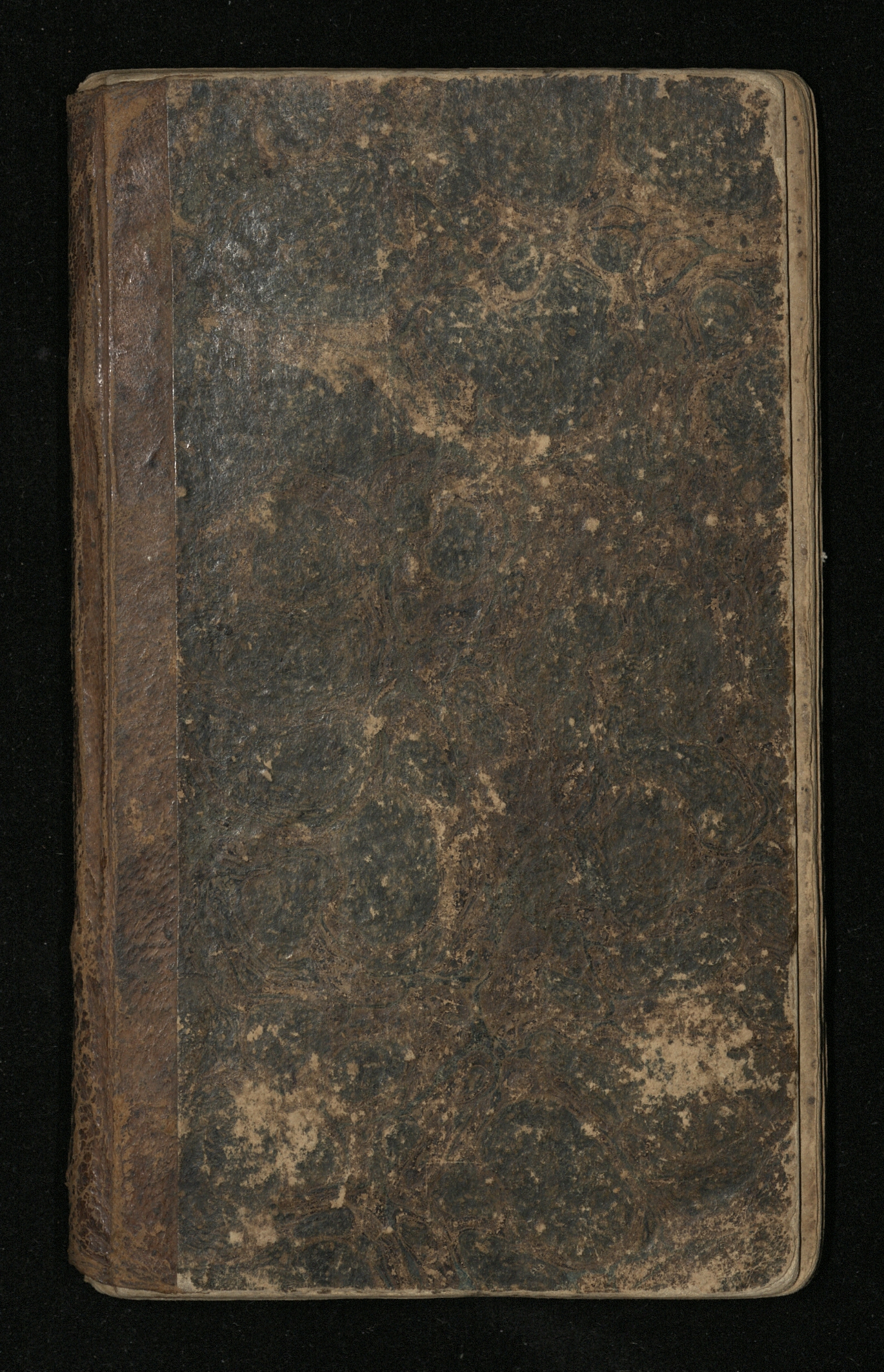
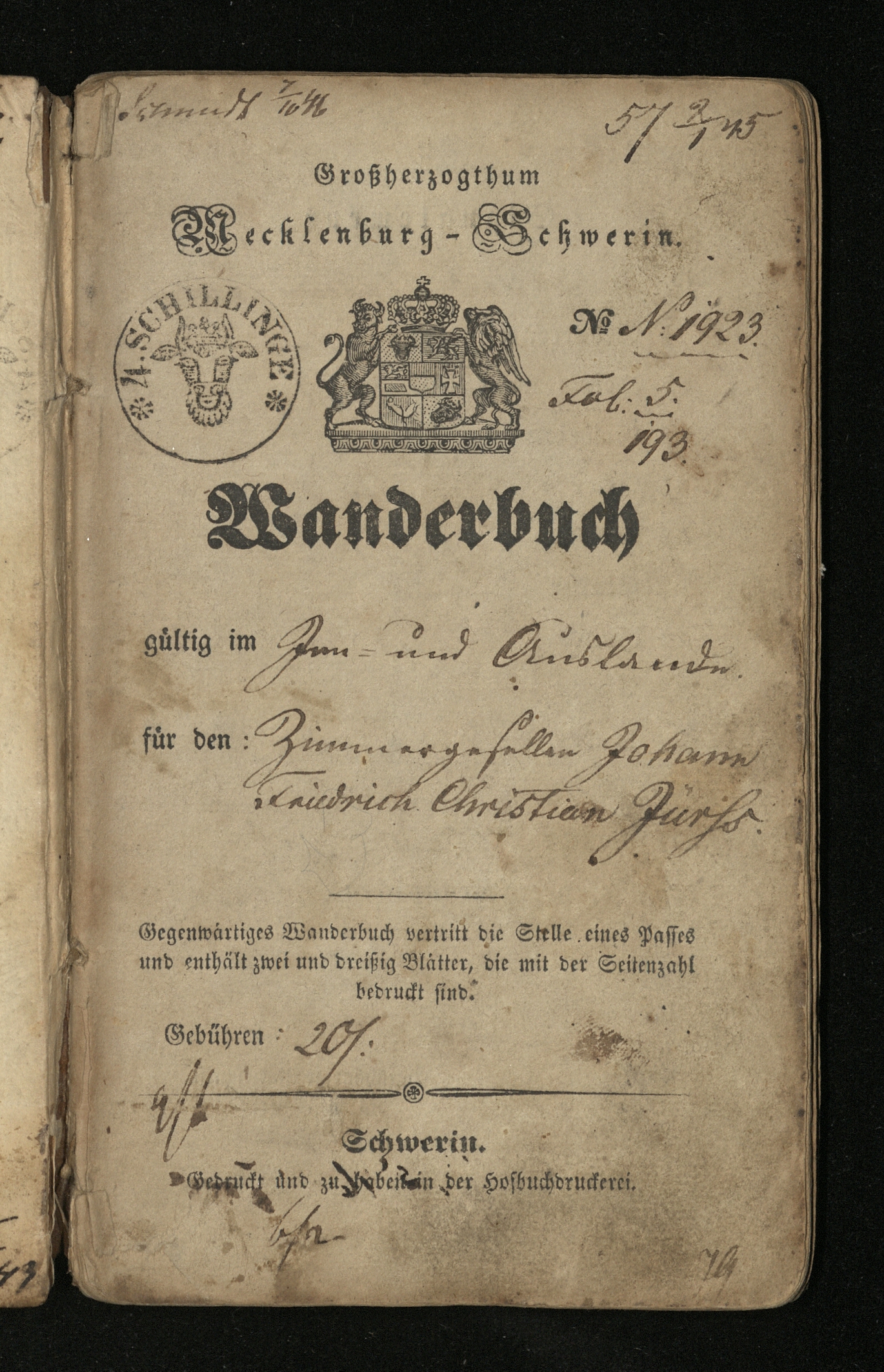
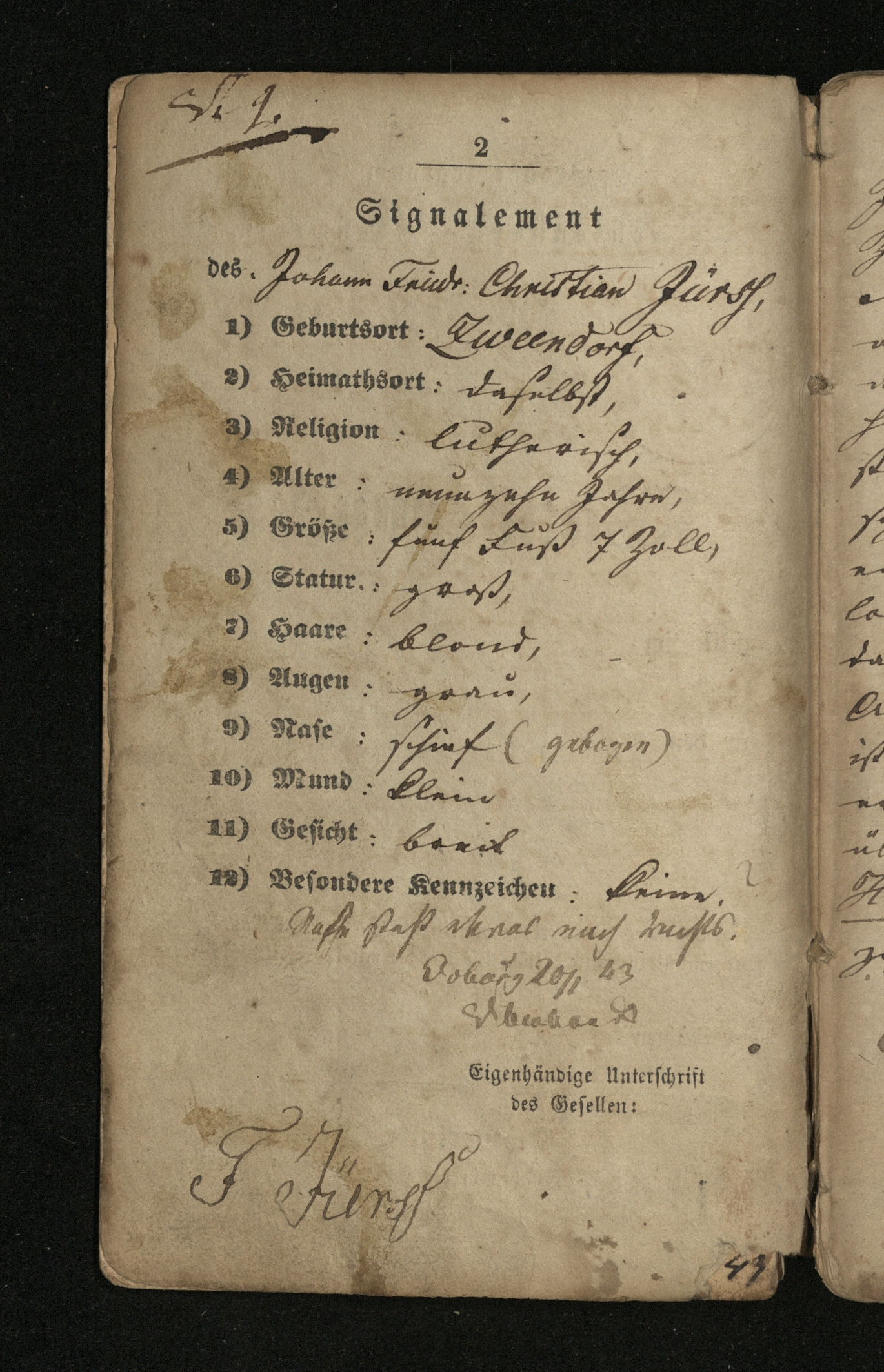
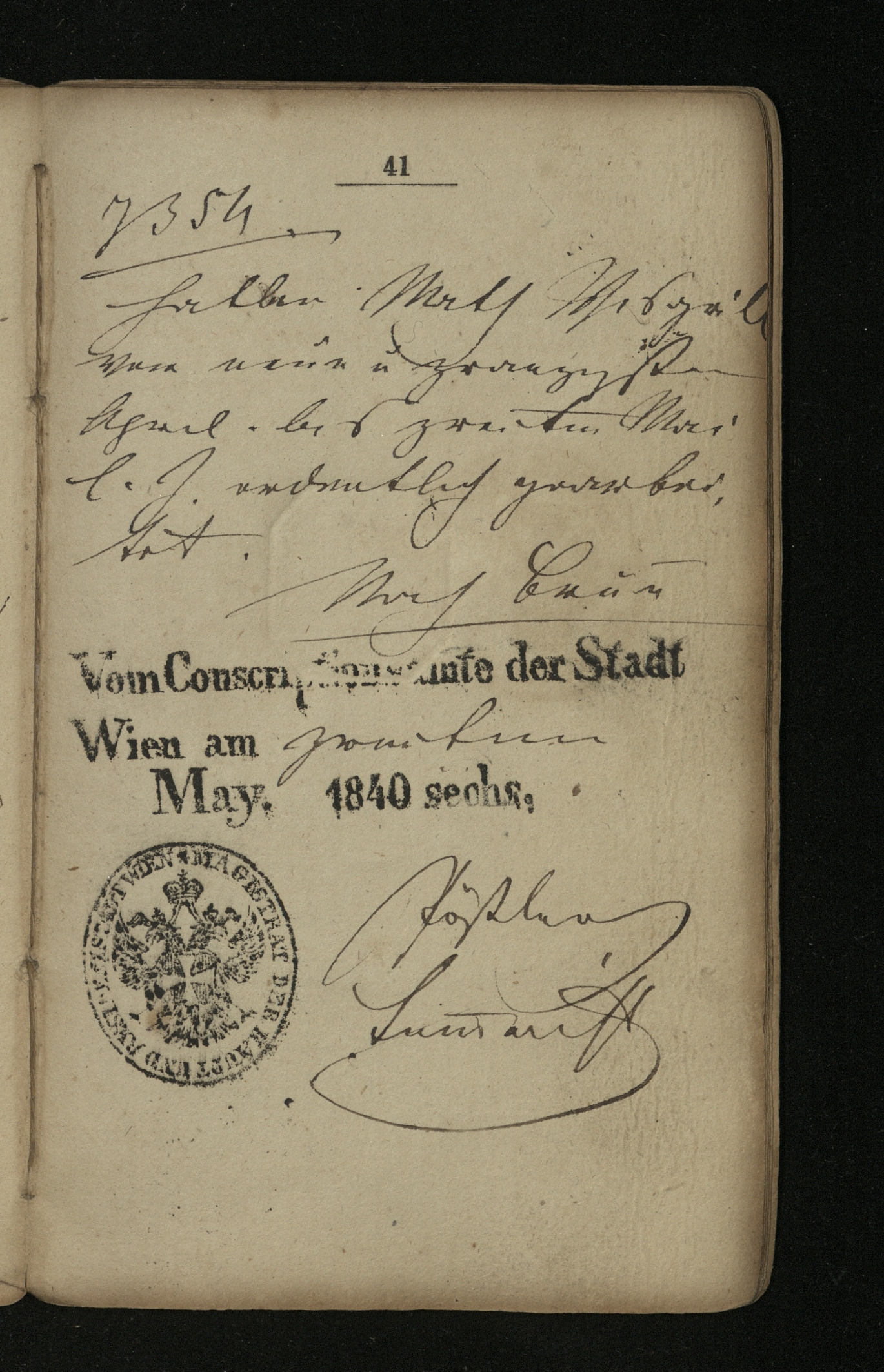
Tracing their journeys
Both Wanderbücher in the Lutheran Archives collection have been preserved in excellent condition, and are filled cover to cover with the records of their owners’ travels. Journeymen were required to have their Wanderbuch stamped with the town seal at each town they visited, a service for which they paid two schillings. These stamps were often accompanied by a handwritten date and a note granting the journeyman passage to his next intended destination. Sometimes there is even a specified time limit attached to this travel permit, requiring the journeyman to complete his trek to the neighbouring town (usually undertaken on foot) within a certain number of days – it seems that the authorities did not want young men idling about the countryside! These detailed entries make it possible to trace a journeyman’s itinerary with remarkable accuracy.
Busch and Juers began their journeys in 1841 and 1842 respectively, and though they started in the same area of Germany – near the town of Grevesmühlen – their Wanderschaft experiences could not have been more different. Busch confined his travels primarily to northern Germany and initially moved about a great deal, collecting stamps from 32 different towns and villages within a period of 76 days. He eventually settled into longer periods of work in Segeburg and Hamburg, where the master masons under whom he worked both wrote lengthy testimonies in his Wanderbuch. Busch also travelled in neighbouring Denmark and found work in Copenhagen. His Wanderbuch finally runs out of pages in July 1849, as he is travelling back towards Lübeck. He next appears in our records in 1851 – this time, in the parish marriage register of the Bethany congregation in South Australia. By contrast, Juers’ embarked on a five-year tour of the major cities of central Europe, finding work in Vienna, Budapest, Warsaw and Prague. He got as far from home as the border of the Russian Empire, before – according to his memoir – turning back because he did not speak Russian. It appears that even this extensive Wanderschaft did not exhaust Juers’ wanderlust, as in 1847, he emigrated to Australia on the Gellert. He eventually settled near Horsham.
More detail on the Wanderschaft of F. J. C. Juers can be read in the Rosenberg family history: Davis, D, Rosenberg from Grünberg Silesia. Boehm – Juers – Menkens. Their Life and Descendants in Australia 1847-2006, where a translated memoir of his experiences has been published.
